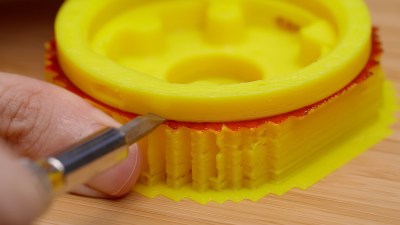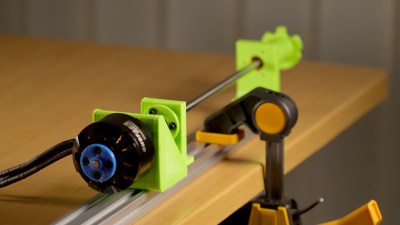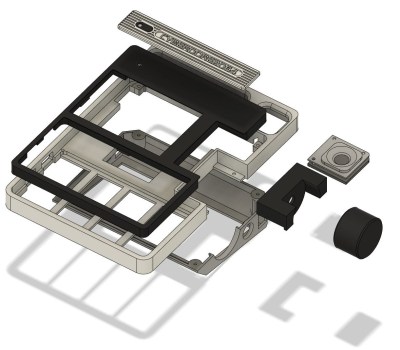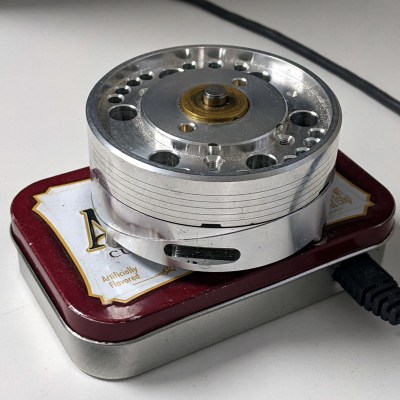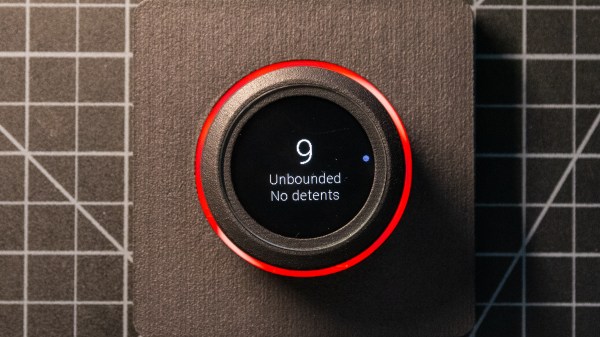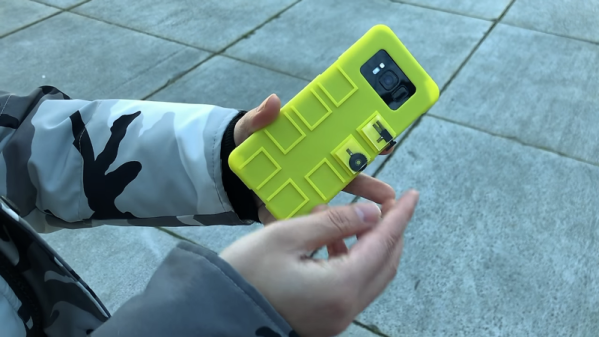Sitting in front of a computer all day isn’t exactly what the firmware between our ears was tuned to do. We’re supposed to be hunting and gathering, not hunting and pecking. So anything that makes the computing experience a little more pleasurable is probably worth the effort, and this premium wireless scroll wheel certainly seems to fit that bill.
If this input device seems familiar, that’s because we featured [Engineer Bo]’s first take on this back at the end of 2024. That version took a lot of work to get right, and while it delivered high-resolution scrolling with a premium look and feel, [Bo] just wasn’t quite satisfied with the results. There were also a few minor quibbles, such as making the power switch a little more user-friendly and optimizing battery life, but the main problem was the one that we admit would have driven us crazy, too: the wobbling scroll wheel.
[Bo]’s first approach to the wobble problem was to fit a larger diameter bearing under the scroll wheel. That worked, but at the expense of eliminating the satisfying fidget-spinner action of the original — not acceptable. Different bearings yielded the same result until [Bo] hit on the perfect solution: a large-diameter ceramic bearing that eliminated the wobble while delivering the tactile flywheel experience.
The larger bearing left more room inside for the redesigned PCB and a lower-profile, machined aluminum wheel. [Bo] also had a polycarbonate wheel made, which looks great as is but would really be cool with internal LEDs — at the cost of battery life, of course. He’s also got plans for a wheel machined from wood, which we’ll eagerly await.
Continue reading “Better Bearings Take The Wobble Out Of Premium Scroll Wheel”



